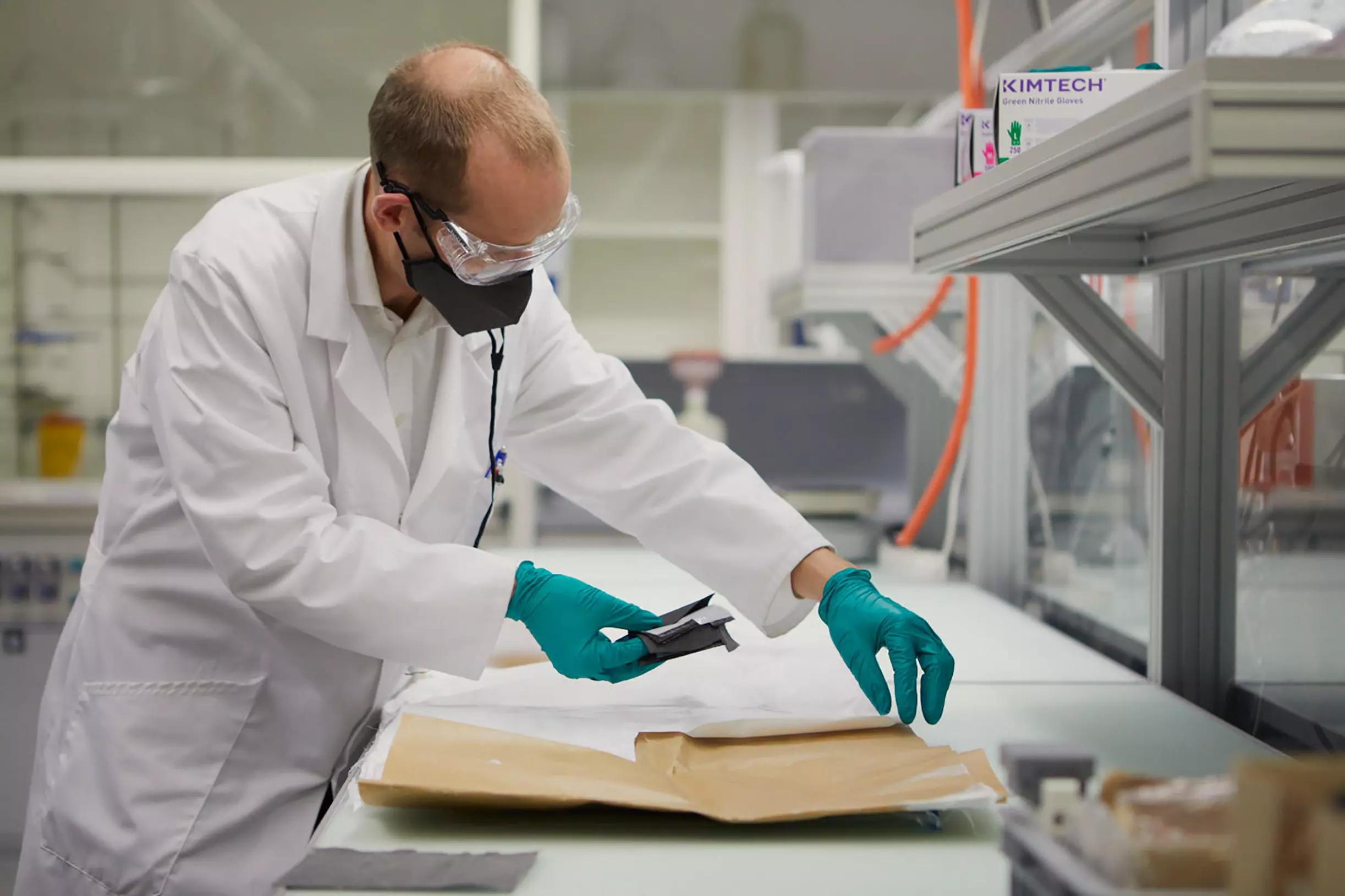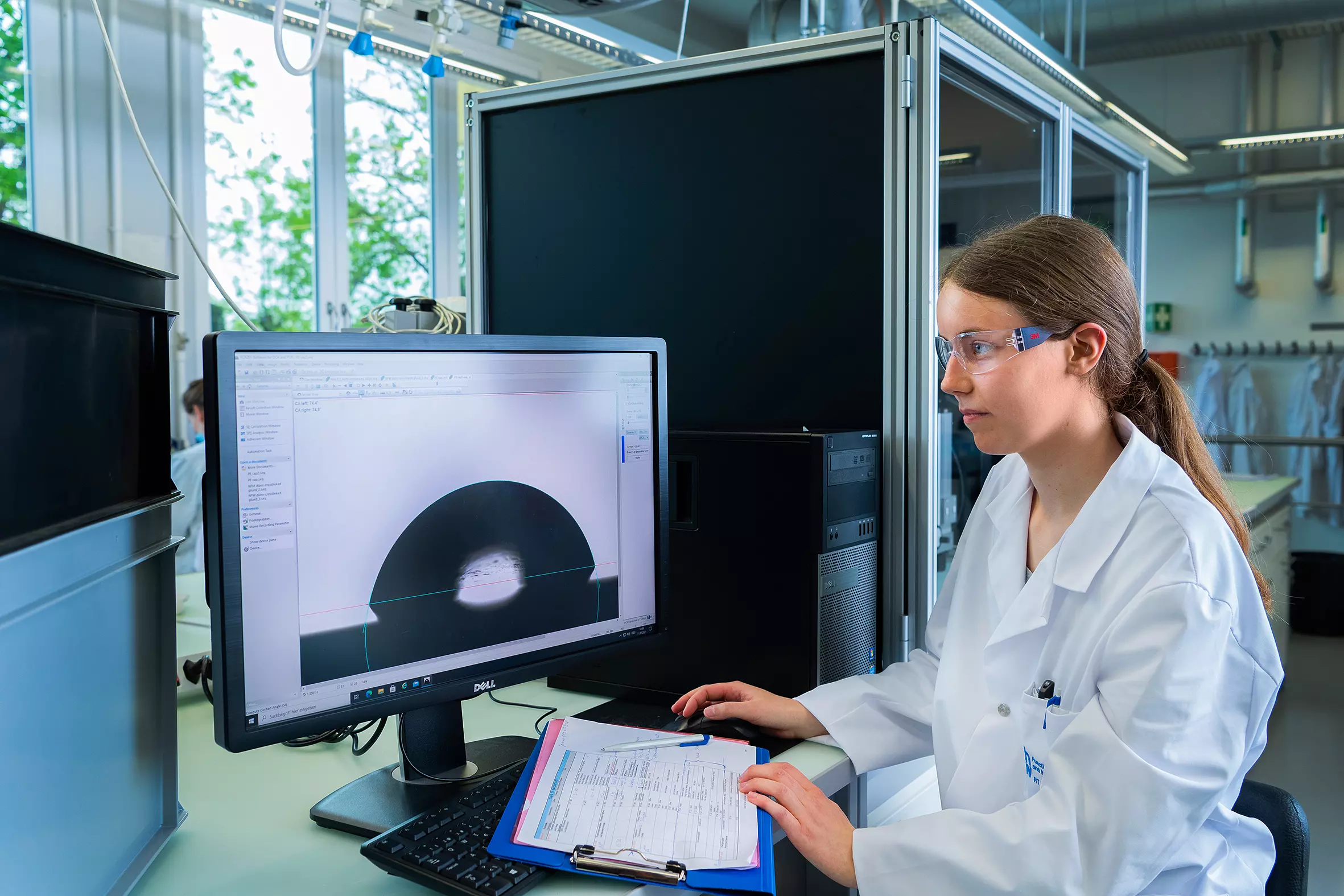More efficient tuberculosis diagnosis thanks to a simple breath test
Tuberculosis is the world's second deadliest infectious disease after Covid-19. To combat this disease effectively, the World Health Organization (WHO) is calling for more efficient testing methods. A research team at the ZHAW, in collaboration with the startup Avelo and researchers from the University of Zurich, has received a grant of 380,000 Swiss francs from Innosuisse to develop the first easy-to-use breath test for detecting tuberculosis.
Even though tuberculosis is curable, almost 1.4 million people die each year from this infectious disease. According to the WHO, ten million infections occur each year yet four million of these go undiagnosed. More effective diagnostic methods are needed to take a significant step forward in the fight against tuberculosis.
Current tests require long waiting times
The current standard, the spit test, is difficult to collect and requires sophisticated sample preparation. This leads to high costs and a long period of time before test results are available. However, a short waiting time is key for early treatment of patients and interruption of the chain of infection. Therefore, the WHO is urgently calling for a feasible alternative to the spit-based test which can be implemented sooner rather than later.
Novel breath test is highly efficient thanks to 3D nanofilter
"We have the technology to make a difference in the fight against tuberculosis," Melanie Aregger, CEO of Avelo, is convinced. Together with its two research partners, the ZHAW and the University of Zurich, the startup will develop and clinically validate a novel, non-invasive breath aerosol collector by 2023.
The novel breath test works in combination with existing PCR tests and is similar in application to an alcohol breath test: affected individuals need only blow into a filter a couple of times. This is possible thanks to a highly efficient filter made of 3D nanofibers. The three-dimensional network of ultra-thin fibers provides a huge surface area to which the aerosols stick. "The collaboration is a unique opportunity to put our research into practice," says Christian Adlhart from the Institute of Chemistry and Biotechnology in Wädenswil. The other project partner, the University of Zurich, with its Institute of Medical Microbiology, is contributing important knowledge relating to the pattern of the disease and to medical challenges involved in product development.
New test can reduce deaths by 30 percent
A study in the journal PLOS Medicine* concluded that such a breath aerosol collector can make a significant difference: it can reduce tuberculosis cases by 18 percent and tuberculosis deaths by as much as 30 percent. “Breath aerosols have the potential to be a real game changer in the fight against tuberculosis and perhaps later also for other respiratory pathogens," emphasises Peter Sander from the Institute of Medical Microbiology at the University of Zurich.
Test can also be used for other infections such as pneumonia and bronchitis
The project partners plan to later extend the use of the respiratory aerosol collector to other infectious diseases. This will allow a more targeted use of antibiotics which are currently prescribed unnecessarily in 2/3 of cases according to a 2016 study by the UK Government and Welcome Trust. Infectious diseases of the lower respiratory tract can currently only be diagnosed using invasive techniques with specimens which are difficult to collect such as spit or lung wash. This novel breath test would therefore also be the first easy-to-use test for diagnosing pneumonia.
Downloads (Photos © ZHAW Wädenswil)
- Press release «More efficient tuberculosis diagnosis thanks to a simple breath test»(PDF 283,1 KB)
- Photo 1: Christian Adlhart is head of the Centre for Functional Materials and Nanotechnology at the ZHAW in Wädenswil. The Centre specializes in 3D nanofiber filters.
- Photo 2: Using contact angle measurements, Patricia Risch Avelo checks the filter of the breath aerosol collector. This pioneering tuberculosis test is set to become the standard for other respiratory infections as well.
Specialist contact
- Christian Adlhart, Head of Centre for Functional Materials und Nanotechnology, Institute for Chemistry and Biotechnology, ZHAW Wädenswil. 058 934 57 54, christian.adlhart@zhaw.ch
- Centre for Functional Materials and Nanotechnology
Press contact, ZHAW Wädenswil
- Cornelia Sidler, Media Relations Departement Life Sciences and Facility Management, ZHAW Wädenswil. 058 934 53 66, cornelia.sidler@zhaw.ch

